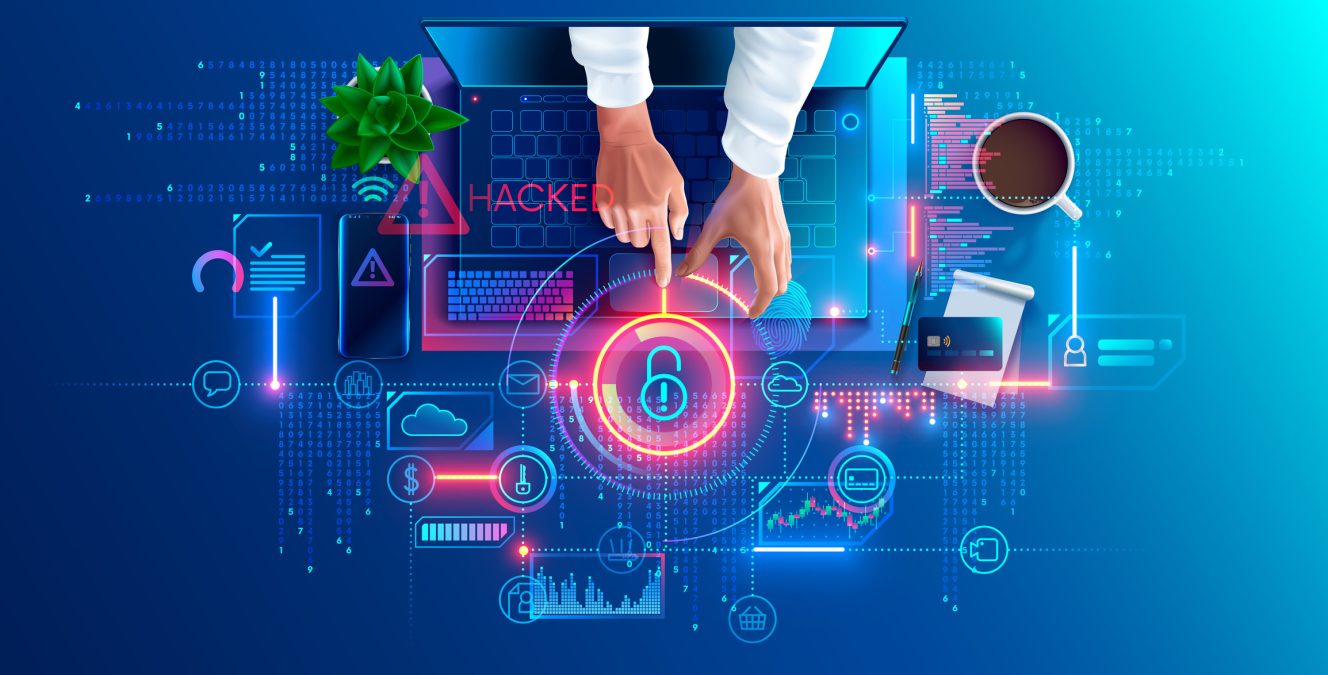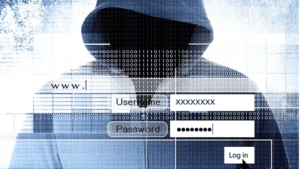Cybersecurity threats are a major challenge for organisations. The present-day technology that organisations are using has increased convenience, but they have also given vent to a number of risks such as cyber-attacks. Therefore, organisations have to be prepared in a way that they can respond to attacks, even the ones that might not have taken place before.

Incident handling is a cybersecurity technique through which organisations can develop a robust strategy to ensure cybersecurity. It refers to the process of detecting a threat, responding to it, and finally recovering from it. Incident handling helps to mitigate the damage that is caused by any cyber threat and helps to restore the system to the state it was in prior to the accident.
This article deals with the different aspects related to incident handling. Read on to find out.
Situations Where Incident Handling Can Help
Incident handling does not lead to a permanent solution, but it definitely helps to quick-fix a problem and make sure that the work is not hindered. Incident handling helps to detect an incident, respond to it, and nip the problem in the bud.
Some of the situations where incident handling can help are:
- WiFi connectivity issues
- Malware bug or virus
- Navigation errors or website lags
- Email malfunctions
- Security breaches
However, the purpose of incident handling is not only to eradicate a certain problematic incident but also to derive learning from it. Incident handling takes place in a number of steps, which are discussed in the next part of the article.
Steps Involved in Incident Handling
Some incidents may be critical to deal with. For instance, attackers may perform operations like advanced persistent threats to steal data from a source. These threats are not easy to eradicate and may also remain undetected for a long time.
Dealing with such incidents may be difficult. Cybersecurity analysts and incident handlers have to detect all the tools and malware the attackers have installed. They also have to look if the attacker has created any new user accounts in the Active Directory and track the data that has been exfiltrated.
To perform incident handling in the best way, incident handlers have to follow a number of steps, which are mentioned below.
Preparation
This is the first step of the process, which does not require the occurrence of any prior incident. It is important to invest considerable time in the preparation phase so that companies remain prepared for any kind of unprecedented situation. The complexity of the preparatory process depends on the company’s size and infrastructure.
This process includes defining the rules and regulations and policies that will guide the security process of an organisation and safeguard it against cybersecurity threats. During this phase, organisations plan how to respond to incidents that might target the organisation.
During the preparation phase, organisations also develop a plan for communication, that determines who to reach and how to reach them during the incidents. This holds true for professionals both within and outside the organisation. There are mock sessions and simulated incidents through which the members can remain prepared on how to react to the incidents.
Identification
In the identification phase, the incident that has been discovered is reported. This phase includes checking the actuality of the incident and making sure that it is not a false detection. The scope of the incident is then defined. Cybersecurity analysts and incident handlers then start investigating the incident.
For the detection of the incidents, they correlate and try to analyse the data from endpoints. The case is then documented for further perusal.
Containment
This phase of incident handling helps to curb any further damage. In this phase, the incident handler has to first prevent any further communication between the attacker and the compromised network. To ensure this, the network segments or the affected devices need to be isolated.
Next, backups need to be created. Analysts and incident handlers also need to preserve evidence so that the incident can be investigated further. Once all of this is done, the next step is to fix the affected devices and systems so that they can continue their normal functioning. For this, the vulnerabilities have to be patched and any fraudulent access has to be eliminated.
Eradication
Once the incident has been tracked to the root, it is time to eradicate it. Although changing the passwords, deleting the discovered malware, and applying security fixes may seem like a convenient way to get away with the incident, all of this still leaves a chance for the attacker to come back.
Therefore, the best possible way to resolve this is by fully reinstalling the affected systems.
Once all of this has been done, it is time to get the system back to work again. Prior to the recovery, make sure that the system has been hardened and patched wherever required. Sometimes, the recovery process may require a complete reinstallation of the Active Directory, and also a change in the passwords of all the employees. This will prevent the occurrence of the same incident.
After everything has been restored to normal, the teams and the professionals involved in the process should meet and discuss the incident and derive the learnings. Such incidents prepare organisations for the worst.
Conclusion
Hope this gives you a clear idea about incident handling. To learn more about cybersecurity, incident handling, and other related topics, you can pursue an online course in cybersecurity from Imarticus Learning.
The course curriculum has been designed by industry experts and will prepare you for the roles of cybersecurity analyst, Incident Handler, Penetration Tester, and many more. Once you invest dedicated six months in this course, it is sure to open up new opportunities.
The course does not only teach the learners the subject, but also ensures their holistic development through mock interviews, resume-building sessions, and personality development classes. The placement assurance is the cherry on top!
Therefore, enrol now to give your career a boost.






